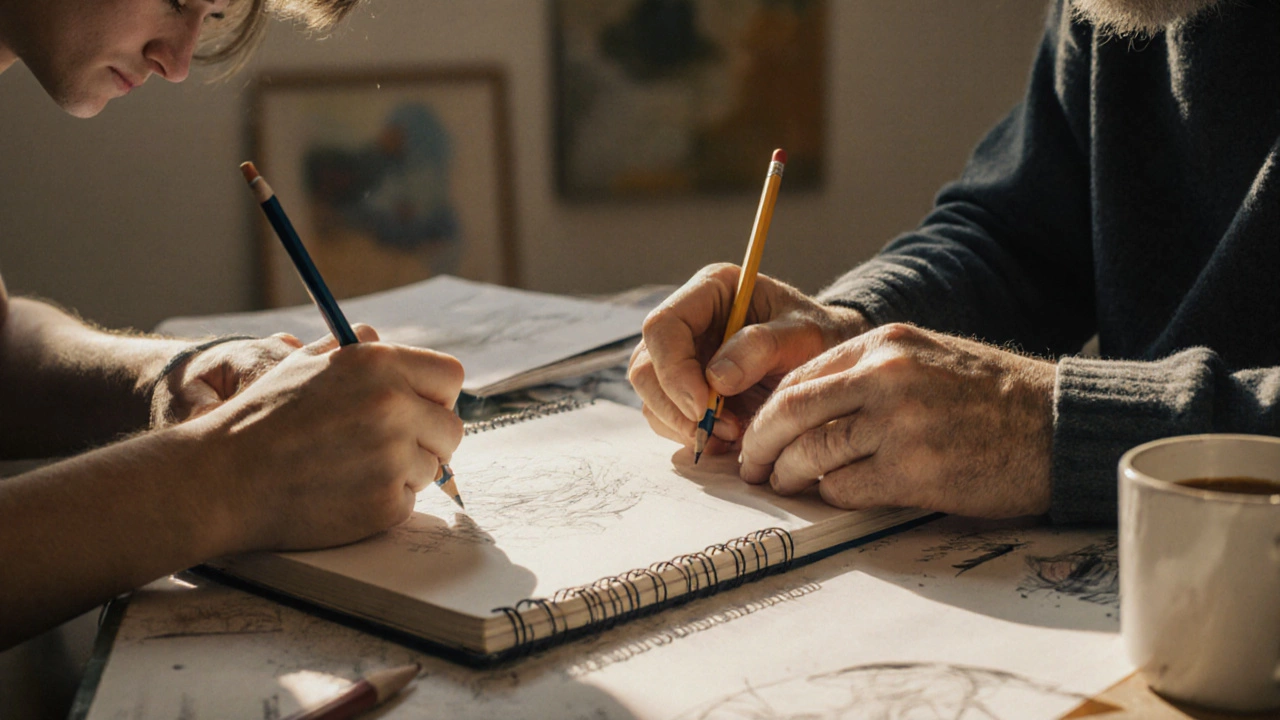Genetics and Art: How Science Shapes Creative Expression
When you think of genetics and art, the intersection of biological science and creative practice. Also known as bioart, it's not just about painting what you see—it’s about painting what you can’t see: the code inside us. This isn’t science fiction. Artists are using real DNA, living cells, and genetic data to make art that breathes, changes, and sometimes even multiplies. Think of it as biology turned into brushstrokes, but instead of paint, they use petri dishes and gene sequences.
Artists like Eduardo Kac and Heather Dewey-Hagborg don’t just talk about genes—they work with them. Kac created a glowing rabbit named Alba by inserting jellyfish DNA into its cells. Dewey-Hagborg built portraits from stranger’s DNA collected from trash—cigarette butts, chewed gum—turning anonymous genetic traces into face-like sculptures. These aren’t gimmicks. They’re questions: Who owns your DNA? Can a gene sequence be a portrait? What happens when art stops being static and starts being alive? This kind of work blurs the line between lab and gallery, and it’s growing fast. Museums now have bioart wings. Universities offer courses in biological design. Even fashion brands are experimenting with lab-grown leather and algae dyes.
What ties all this together isn’t just the science—it’s the creativity, the human drive to make meaning from complex systems. Just like a painter chooses colors to evoke emotion, a bioartist chooses genes to provoke thought. You don’t need a biology degree to appreciate it. You just need to wonder what’s hidden beneath the surface. And that’s exactly what the posts below do. They show you how artists are turning genetic codes into murals, how data visualization turns DNA strands into abstract patterns, and how everyday people are using their own genetic results to create personal art pieces. Whether you’re an artist, a scientist, or just curious, this collection gives you real examples of where biology meets beauty—and why it matters now more than ever.
